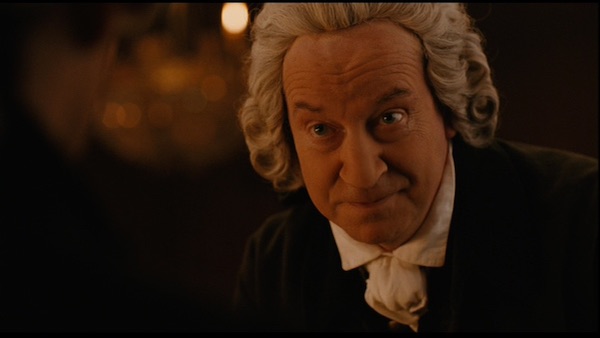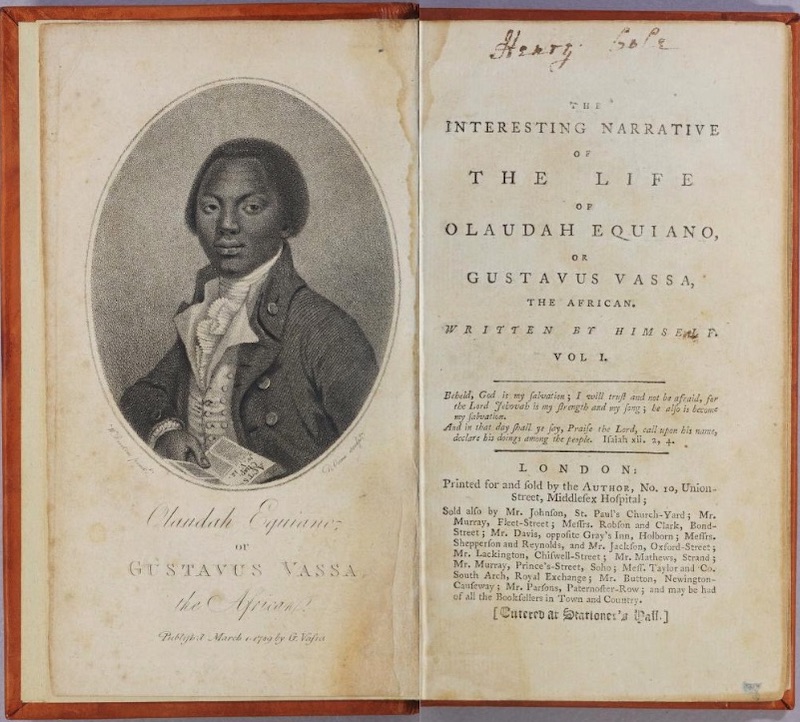"So rapturous a delight": What Jane Austen's characters read (and why), part 1
The Reader by Marguerite Gérard and Jean Honoré Fragonard, c. 1786. Image source: The Fitzwilliam Museum, Cambridge
In her book What Jane Austen's Characters Read (and Why) (Bloomsbury Academic, 2024), Persuasions editor Susan Allen Ford examines the reading preferences of Austen's characters as a key to understanding them more deeply. In this post series I will look at each of Austen's canonical novels to see what this perspective can tell us in particular about her heroines, along with a few other major characters.
". . .her favourite authors were brought forward and dwelt upon with so rapturous a delight": Sense and Sensibility
Reading is crucially important, of course, for Sense and Sensibility's Marianne Dashwood, whose headlong passion for Willoughby is fueled by their common enthusiasm for the poetry of James Thomson, William Cowper, and Walter Scott:
. . .she proceeded to question him on the subject of books; her favourite authors were brought forward and dwelt upon with so rapturous a delight, that any young man of five and twenty must have been insensible indeed, not to become an immediate convert to the excellence of such works, however disregarded before. Their taste was strikingly alike. The same books, the same passages were idolized by each—or if any difference appeared, any objection arose, it lasted no longer than till the force of her arguments and the brightness of her eyes could be displayed.
. . .His society became gradually her most exquisite enjoyment. They read, they talked, they sang together; his musical talents were considerable; and he read with all the sensibility and spirit which Edward [Ferrars] had unfortunately wanted. . .
Marianne began now to perceive that the desperation which had seized her at sixteen and a half, of ever seeing a man who could satisfy her ideas of perfection, had been rash and unjustifiable. (Ch. X)
Marianne imagines herself to be a Romantic heroine, only to plummet from "so rapturous a delight" into the depths of life-threatening despair when Willoughby proves himself to be conventional after all: insincere, inconstant, callous.
"[Marianne came hastily out of the parlour] apparently in violent affliction." Illustration by Hugh Thomson for Sense and Sensibility, Macmillan and Co., 1896. Image source: Project Gutenberg
It says a great deal about the importance of books to Marianne that when she undertakes to cure herself from excessive imaginative engagement with her favorite authors, she intends to do so through more reading. She tells Elinor,
I have formed my plan, and am determined to enter on a course of serious study. . .there are many works well worth reading at the Park; and there are others of more modern production which I know I can borrow of Colonel Brandon. By reading only six hours a-day, I shall gain in the course of a twelve-month a great deal of instruction which I now feel myself to want. (Ch. XLVI)
"Craving to be frightened": Northanger Abbey
Catherine Morland in Northanger Abbey also over-identifies with her reading. Her vivid imagination is filled with "horrid scenes" from Ann Radcliffe's The Mysteries of Udolpho and other Gothic novels. "To say the truth," she tells new acquaintances Eleanor and Henry Tilney, "I do not much like any other" (Ch. XIV). And when General Tilney invites her to the family's ancient home, her thrilling fears run rampant:
The night was stormy; the wind had been rising at intervals the whole afternoon; and by the time the party broke up, it blew and rained violently. Catherine, as she crossed the hall, listened to the tempest with sensations of awe; and, when she heard it rage round a corner of the ancient building and close with sudden fury a distant door, felt for the first time that she was really in an abbey. Yes, these were characteristic sounds; they brought to her recollection a countless variety of dreadful situations and horrid scenes, which such buildings had witnessed. . .
The storm still raged, and various were the noises, more terrific even than the wind, which struck at intervals on her startled ear. The very curtains of her bed seemed at one moment in motion, and at another the lock of her door was agitated, as if by the attempt of somebody to enter. Hollow murmurs seemed to creep along the gallery, and more than once her blood was chilled by the sound of distant moans. Hour after hour passed away, and the wearied Catherine had heard three proclaimed by all the clocks in the house before the tempest subsided or she unknowingly fell fast asleep. (Ch. XXI)
Ford points out insightfully that, absorbed in her own dark fantasies, Catherine "doesn't notice that Eleanor, clothed always in white, is the real gothic heroine of the Abbey" (p. 57): motherless, isolated and alone, forcibly separated from her betrothed, and compelled to obey her domineering father's imperious, angry commands, circumstances that result in her "habitual suffering" (Ch. XXXI).
"General Tilney was pacing the drawing room." Illustration by Hugh Thomson for Northanger Abbey, Macmillan and Co., 1897. Image source: Internet Archive
Like Marianne Dashwood, Catherine must also be "cured" of her excessive imagination. In Catherine's case, it is not through a self-administered course of rational study, but rather a sudden humiliating sense of her own folly. When Henry Tilney discovers that she suspects that his father, like the villain of a Gothic novel, has had a role in his mother's death, he gently chastens her:
"If I understand you rightly, you had formed a surmise of such horror as I have hardly words to—Dear Miss Morland, consider the dreadful nature of the suspicions you have entertained. What have you been judging from? Remember the country and the age in which we live. . .Consult your own understanding, your own sense of the probable, your own observation of what is passing around you. . .Dearest Miss Morland, what ideas have you been admitting?"
They had reached the end of the gallery, and with tears of shame she ran off to her own room.
"'Mr. Tilney!' she exclaimed." Illustration by Hugh Thomson for Northanger Abbey, 1897. Image source: Internet Archive
The visions of romance were over. Catherine was completely awakened. Henry’s address, short as it had been, had more thoroughly opened her eyes to the extravagance of her late fancies than all their several disappointments had done. Most grievously was she humbled. Most bitterly did she cry. It was not only with herself that she was sunk—but with Henry. Her folly, which now seemed even criminal, was all exposed to him, and he must despise her forever. . .She hated herself more than she could express.
. . .Her thoughts being still chiefly fixed on what she had with such causeless terror felt and done, nothing could shortly be clearer than that it had been all a voluntary, self-created delusion, each trifling circumstance receiving importance from an imagination resolved on alarm, and everything forced to bend to one purpose by a mind which, before she entered the abbey, had been craving to be frightened. She remembered with what feelings she had prepared for a knowledge of Northanger. She saw that the infatuation had been created, the mischief settled, long before her quitting Bath, and it seemed as if the whole might be traced to the influence of that sort of reading which she had there indulged.
Charming as were all Mrs. Radcliffe’s works, and charming even as were the works of all her imitators, it was not in them perhaps that human nature, at least in the Midland counties of England, was to be looked for. (Ch. XXIV–XXV)
Interestingly, when Henry urges Catherine to "consult. . .your own observation of what is passing around you," it is an echo of Walter Scott's praise of Austen in an unsigned review of Emma published in the The Quarterly Review of October 1815. Her novels, he wrote,
proclaim a knowledge of the human heart. . .presenting to the reader, instead of the splendid scenes of an imaginary world, a correct and striking representation of that which is daily taking place around him. . .The narrative of all her novels is composed of such common occurrences as may have fallen under the observation of most folks; and her dramatis personæ conduct themselves upon the motives and principles which the readers may recognize as ruling their own and that of most of their acquaintances. . .All [of her characters'] entanglements bring on only a train of mistakes and embarrassing situations. . .in which the author displays her peculiar powers of humor and knowledge of human life.
The endings to both Sense and Sensibility and Northanger Abbey may make some think that Austen is suggesting that women must renounce their imaginative lives as a precondition to be considered fit for marriage by their future husbands. But I don't think that's so. We learn of Catherine and Henry,
it will not appear, after all the dreadful delays occasioned by the General’s cruelty, that they were essentially hurt by it. . .the General’s unjust interference, so far from being really injurious to their felicity, was perhaps rather conducive to it, by improving their knowledge of each other, and adding strength to their attachment. (Ch. XXXI)
"Improving their knowledge of each other" does not sound as if Catherine is suppressing vital parts of herself or trying to fit into her partner's preconceived ideas of female perfection, but rather that each is learning to appreciate the other as they are, "adding strength to their attachment."
And as for Marianne?
Marianne Dashwood was born to an extraordinary fate. She was born to discover the falsehood of her own opinions, and to counteract, by her conduct, her most favourite maxims. . .Instead of falling a sacrifice to an irresistible passion, as once she had fondly flattered herself with expecting, instead of remaining even for ever with her mother, and finding her only pleasures in retirement and study, as afterwards in her more calm and sober judgment she had determined on,—she found herself at nineteen, submitting to new attachments, entering on new duties, placed in a new home, a wife, the mistress of a family, and the patroness of a village.
Far from her vivacity being crushed, it seems that Marianne has a greater influence on Colonel Brandon than he on her. Formerly "silent and grave" and suffering under an "oppression of spirits" due to deep emotional wounds resulting from a long-lost love, Colonel Brandon finds that
in Marianne he was consoled for every past affliction;—her regard and her society restored his mind to animation, and his spirits to cheerfulness; and that Marianne found her own happiness in forming his, was equally the persuasion and delight of each observing friend. Marianne could never love by halves; and her whole heart became, in time, as much devoted to her husband, as it had once been to Willoughby. (Ch. L)
Perhaps Austen is suggesting that love and imagination are not entirely incompatible.





























































